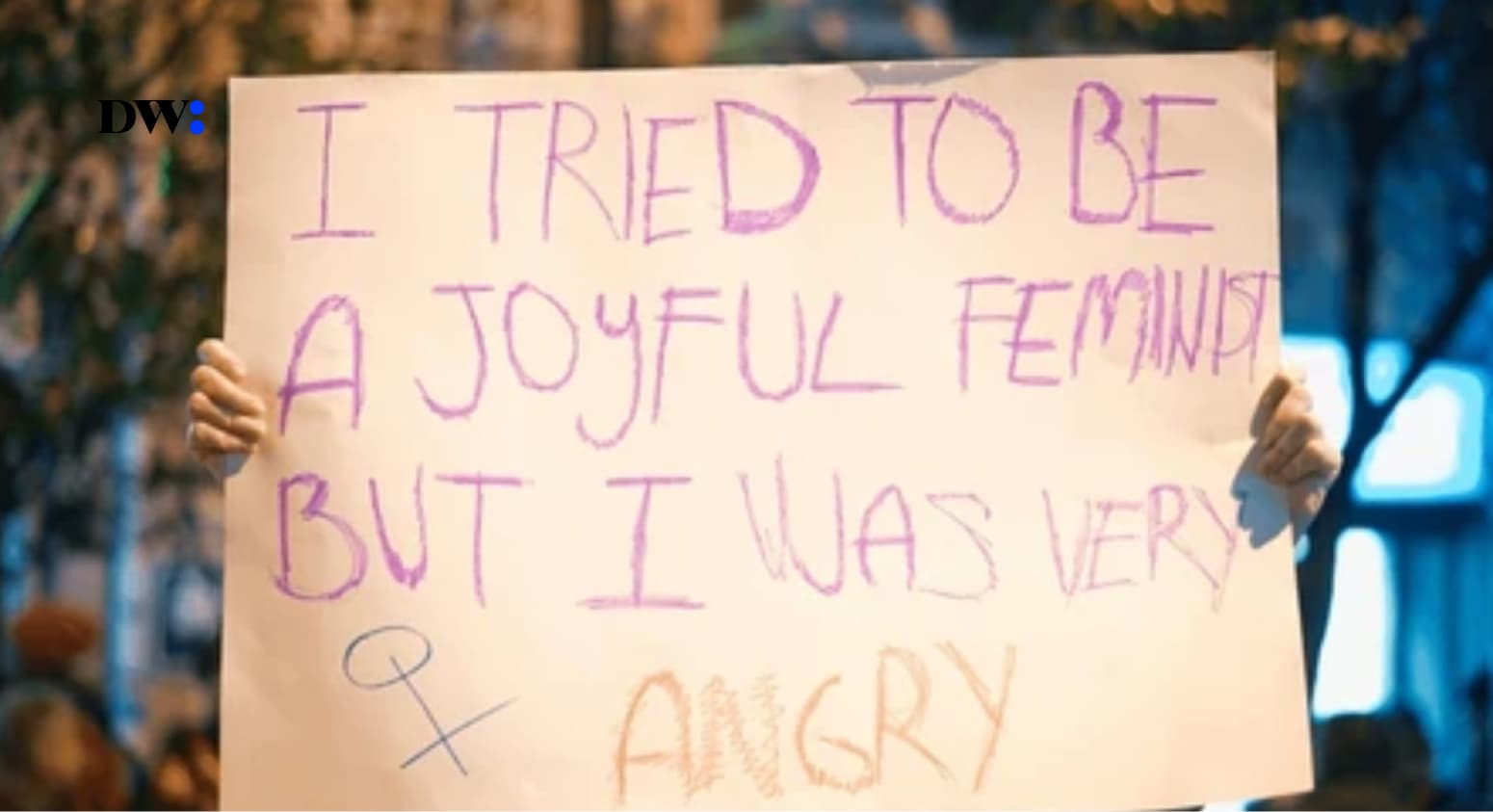“The first industrial action taken for women by women changed their working conditions forever. It takes just one flame to start a fire.” -Netflix.
She’s not the female Sherlock Holmes, she’s Enola Holmes, and she’s back with childlike adventure and the wit of a seasoned detective. Given the commercial success of the first film, it’s only fitting that Netflix decided to grace us with this powerful sequel.
Amidst a touch-and-go romance and struggling to make a name for herself as a detective outside her brother’s shadow, the writers of the film have Enola solve an actual, real-life crime that took place in 19th century London and eventually led to the Match girls strike of 1888, the first industrial revolution by women for women.
This merger of fiction and history has created a simple yet powerful tool to celebrate women’s prowess and badassery.
In the film, Little Bessie hires Enola Holmes to look into the case of her missing sister, Sarah Chapman. As Enola goes through the hoops, loops and clues, she realises that this case is much bigger than a missing person. A couple of missing pages from the factory’s register, a rather suspicious surge of typhus disease, a scandalous romance, several loose threads and mounting evidence,
She finds herself in a web of murders, fraud and Labour law violations at the hands of some of the city’s elites and even some government officials.
Sarah, as well as her sister Bessie, worked alongside many other girls, manufacturing and boxing match sticks at the Lyon Match Factory to make ends meet.
It is later revealed that Sarah Chapman is, in fact, not missing but moving in disguise and trying to expose the truth about what was really happening with the girls at the match factory and possibly seek justice.
Amongst other terrible working conditions, low wages and the girls having their salaries cut at any minor occurrence, it Turns out the white phosphorus the factory board introduced for the making of the match sticks was poisonous and, in fact, killing the girls, but was being covered up as typhus disease. In the end, Enola, Sarah and Bessie lead the other factory girls in a march against the Lyon factory.
Though initially introduced in the film as a mysterious redhead, Sarah Chapman was a real person and one of the key players in the Match Girls Strike of 1888 to protest the “slave like” working conditions at Bryant & May Match factory, in Bow, London.
The writers add fictional elements to amp up Sarah’s story including her revolting romance with the factory owner’s son. However, a large part of her story is still heavily grounded in actual history.
Another major key player in the strike was a profound writer, philanthropist, socialist and women’s rights activist Annie Besant, who isn’t mentioned in the film but, in my opinion, is represented by Enola herself to an extent in the role she played.
In seeking means to get the word out, Sarah Chapman and two other workers met with Besant, who published the horrific dealings of the factory in an essay, while also assisting Chapman and the rest in setting up a strike committee and gaining some listening ears in parliament.
The essay resulted in Bryant & May asking the girls to sign a statement and refute the claims in the paper, their refusal resulted in the management firing one of the girls, and this led to the match strike on 5th July 1888, with over 1400 match workers taking to the streets. The strike’s impact would later inspire modern-day trade unions for centuries.
Some of their demands were met following the popularity of the 1888 strike and subsequent strikes that took place. With help from Bessant and some Ministers of Parliament, Chapman and the rest were able to form their own Women MatchMakers Union, the largest female union organisation in the country at the time.
Still, it took twenty more years for the elimination of white phosphorus in the making of match sticks to come to fruition by the house of commons.





